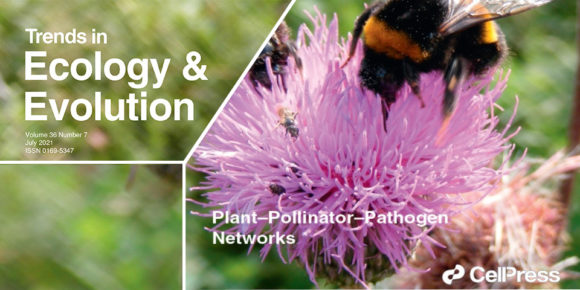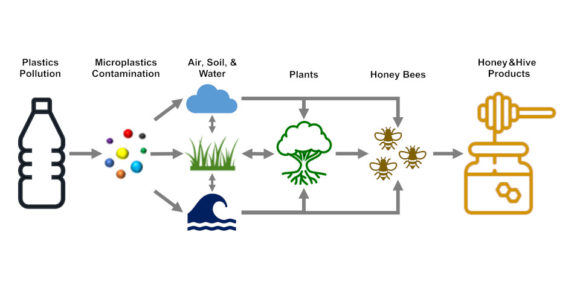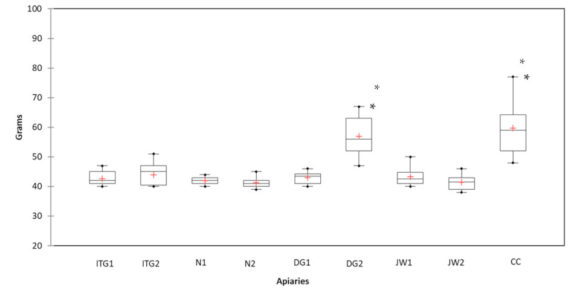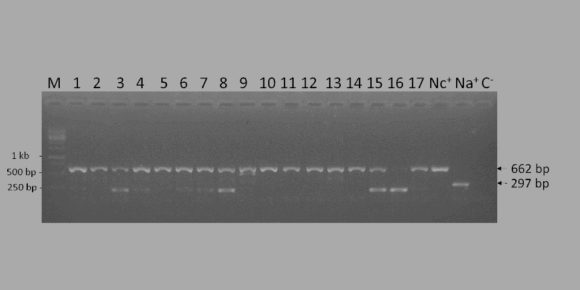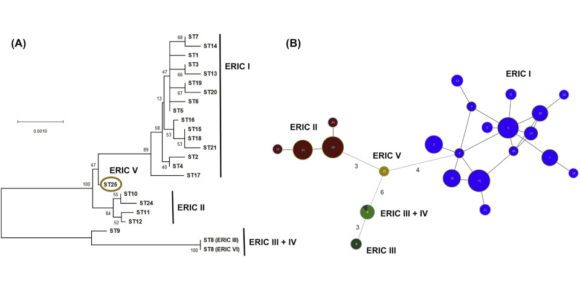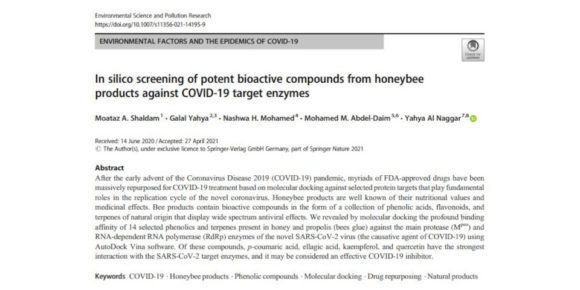Long-term field-realistic exposure to a next-generation pesticide, flupyradifurone, impairs honey bee behaviour and survival
Abstract: Simone Tos, James C. Nieh, Annely Brandt, Monica Colli, Julie Fourrier, Herve Giffard, Javier Hernández-López, Valeria Malagnini, Geoffrey R. Williams, Noa Simon-Delso The assessment of pesticide risks to insect pollinators have typically focused on short-term, lethal impacts. The environmental ramifications of many of the world’s most commonly employed pesticides, such as those exhibiting systemic…







